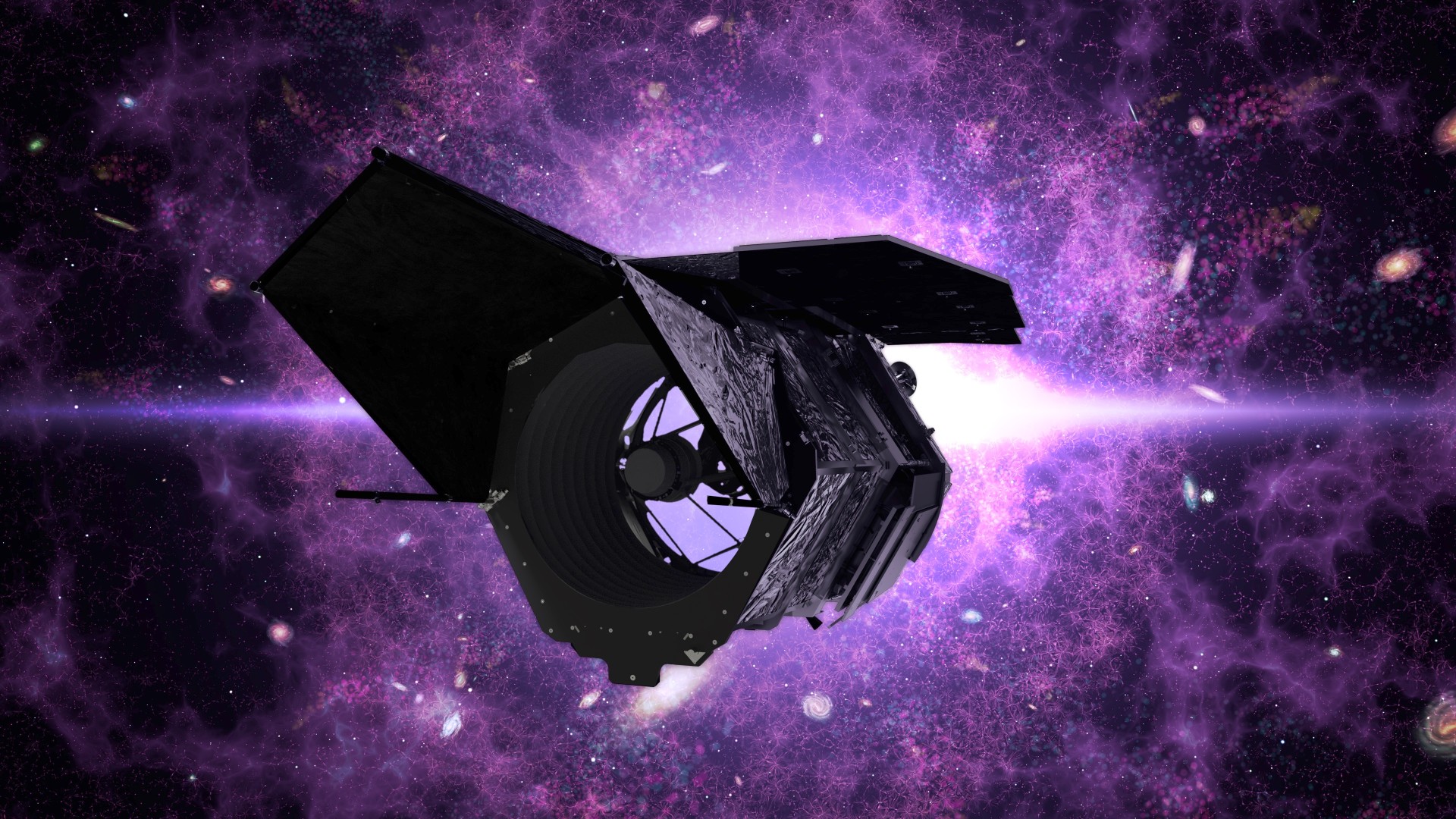NASA Picks Science Team for Lunar Reconnaissance Orbiter Mission
BOULDER, Colo. -- NASA announced Wednesdaythe suite of U.S.science investigators for its Lunar Reconnaissance Orbiter (LRO) project, aswell as a Russian scientist.
The U.S. Moon probe is the first spacecraft to be built aspart of the Vision for Space Exploration, put into motion earlier this year byU.S. President George W. Bush. LRO is slated for a liftoff in the fall of 2008,under the auspices of NASA's Robotic Lunar Exploration Program.
The LRO underpins NASA's interest in replanting humanfootprints on the Moon.President Bush has called for the space agency to conduct the first extendedhuman expedition to the lunar surface as early as 2015, but no later than theyear 2020.
Not only will LRO characterize future robotic and humanlanding spots, the spacecraft will be equipped to inventory possible resourcesfor human crews to "live off the land" -- in this case what's available on thecrater-pocked Moon. Another key duty of the LRO is to characterize the lunarradiation environment and its impact on humans.
Lunarinvestigators
The six selected investigations and principal investigators(PI) for the LRO are:
n LunarOrbiter Laser Altimeter (LOLA): Determines theglobal topography of the lunar surface at high resolution, measure landing siteslopes and search for polar ices in shadowed regions. PI, David Smith, NASA GoddardSpace FlightCenter, Greenbelt, Maryland.
Breaking space news, the latest updates on rocket launches, skywatching events and more!
n LunarReconnaissance Orbiter Camera (LROC): Acquires targetedimages of the lunar surface capable of resolving small-scale features thatcould be landing site hazards, as well as wide-angle images at multiplewavelengths of the lunar poles to document changing illumination conditions andpotential resources. PI, Mark Robinson, Northwestern University, Evanston, Illinois.
n LunarExploration Neutron Detector (LEND): Maps the flux ofneutrons from the lunar surface to search for evidence of water ice and providemeasurements of the space radiation environment which can be useful for futurehuman exploration. PI, Igor Mitrofanov, Institute for Space Research, andFederal Space Agency, Moscow.
n DivinerLunar Radiometer Experiment: Charts the temperature of theentire lunar surface at roughly 985 feet (300 meter) horizontal scales toidentify cold-traps and potential ice deposits. PI, David Paige, University of California,Los Angeles.
n Lyman-AlphaMapping Project (LAMP): Observes the entire lunar surfacein the far ultraviolet. LAMP will search for surface ices and frosts in the polar regions and provide images of permanently shadowedregions illuminated only by starlight. PI, Alan Stern, Southwest ResearchInstitute, Boulder, Colorado.
n CosmicRay Telescope for the Effects of Radiation (CRaTER):Investigates the effect of galactic cosmic rays on tissue-equivalent plasticsas a constraint on models of biological response to background space radiation.PI, Harlan Spence, Boston University, Massachusetts.
Instrumentation provided by these selected measurementinvestigations will be the payload of the mission scheduled to launch inOctober 2008.
Wholenew ball game
"LRO will deliver measurements that will be critical to thekey decisions we must make before the end of this decade," said NASA'sAssociate Administrator for the Exploration Systems Mission Directorate, CraigSteidle.
"We are extremely excited by this innovative payload, and weare confident it will fulfill our expectations and support the Vision for SpaceExploration," Steidle explained in a NASA press statement.
"LRO is a great mission, and long overdue," saidAlan Stern of Southwest Research Institute here. "It promises to locateany ice near the lunar poles...which will greatly advance the cause ofexploration."
Stern told SPACE.comthat LRO will also return scientific and engineering datasets of "stunningquality" and will revolutionize our understanding of the Moon and our abilityto stage human missions there in the next decade. "LRO is the kickoff to awhole new ball game for NASA."
The LRO project ismanaged by NASA's Goddard Space Flight Center. This space agency field centerwill also acquire the launch system and spacecraft, as well as perform payloadaccommodations, mission systems engineering and assurance duties.

Leonard David is an award-winning space journalist who has been reporting on space activities for more than 50 years. Currently writing as Space.com's Space Insider Columnist among his other projects, Leonard has authored numerous books on space exploration, Mars missions and more, with his latest being "Moon Rush: The New Space Race" published in 2019 by National Geographic. He also wrote "Mars: Our Future on the Red Planet" released in 2016 by National Geographic. Leonard has served as a correspondent for SpaceNews, Scientific American and Aerospace America for the AIAA. He has received many awards, including the first Ordway Award for Sustained Excellence in Spaceflight History in 2015 at the AAS Wernher von Braun Memorial Symposium. You can find out Leonard's latest project at his website and on Twitter.
